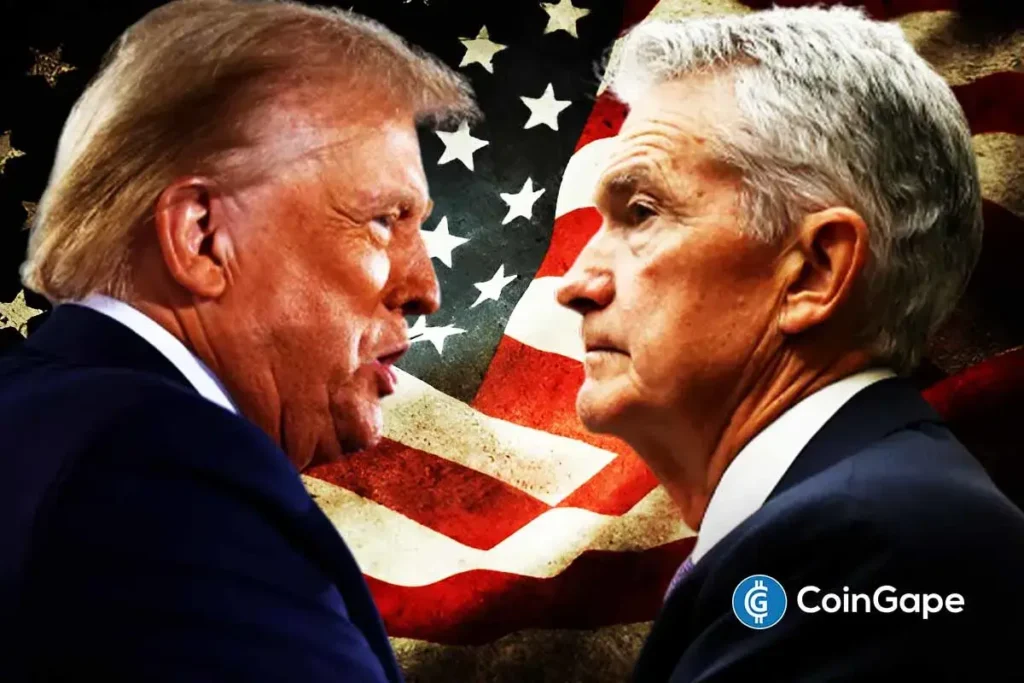Trump Urges Federal Reserve to Lower Interest Rates: An Analysis
Recently, during a notable visit to the U.S. Federal Reserve, President Donald Trump once again urged the central bank to cut interest rates. Meeting with Fed Chair Jerome Powell, Trump’s request for a reduction in rates aligns with his ongoing belief that the U.S. economy would benefit from lower borrowing costs. This article delves into Trump’s perspective, the implications for the economy, and the current stance of the Federal Reserve.
Pressing for Rate Cuts
During his visit to the Federal Reserve, President Trump emphasized the need for interest rate reductions, reflecting his administration’s consistent push for lower rates. He highlighted that, unlike Europe, which has made multiple cuts this year, the Fed has not followed suit, raising concerns about the U.S. position in the global economic landscape. Trump pointed out that the current U.S. interest rate remains higher compared to countries like Switzerland, which has the lowest rate at 0.50%. He proposed a substantial 300-basis-point reduction, arguing that such a cut could act as "rocket fuel" for the economy, further invigorating growth.
Economic Rationale
Trump’s assertions come during a time when he claims the U.S. economy is flourishing. With inflation reportedly down and the labor market robust, he insists that now is an opportune moment for the Fed to lower interest rates. This perspective suggests that reducing rates could enhance consumer spending and investment, thereby propelling the economy to new heights. Trump’s call for action indicates his belief that a competitive interest rate is crucial for maintaining economic momentum, especially in an increasingly uncertain global economic environment.
Internal Fed Pressures
Trump’s call for a rate cut is intertwined with rising tensions surrounding Jerome Powell’s leadership. Recently, Rep. Anna Paulina Luna referred Powell to the Department of Justice (DOJ) for alleged perjury concerning the costs of Fed renovations. This controversy has led to speculation regarding Powell’s future at the Federal Reserve. Interestingly, while Trump has publicly stated his intention not to fire Powell, he criticized him for delaying necessary rate cuts, indicating that heightened scrutiny may influence future decisions.
Confidence Amid Controversy
Despite the pressures, Trump reassured that he believes Powell will ultimately act in the best interests of the economy. He acknowledged that many who previously advocated for higher rates are now inclined to support cuts, suggesting a shift in economic outlook among policymakers. Furthermore, Fed President Mary Daly’s comments indicating that Trump’s tariffs have not adversely affected inflation as initially thought bolster the case for potential rate reductions.
Future Fed Actions
As the Federal Reserve prepares for its upcoming meetings, the consensus among analysts points towards maintaining current interest rates without immediate changes. According to CME FedWatch data, there is a striking 97.4% likelihood that the Fed will keep rates steady at the present benchmark of 4.25% to 4.5%. This continuity reflects a cautious approach, balancing economic growth with inflation concerns, amidst Trump’s fervent advocacy for substantial cuts.
Conclusion: Navigating Economic Recovery
In summary, President Trump’s continued pressure on the Federal Reserve to lower interest rates underscores the ongoing debate surrounding U.S. economic policy. With competing concerns of inflation, labor markets, and global comparisons, the Fed’s decisions in the coming months will be critical. As the economy navigates recovery from the pressures of a tumultuous financial landscape, the interplay between political pressures and economic indicators will shape the future direction of U.S. monetary policy. Lowering rates may indeed serve as a catalyst, potentially fostering a more conducive environment for growth, but the Fed’s cautious approach suggests a careful evaluation of broader economic circumstances.
By examining the implications of Trump’s advocacy and the Federal Reserve’s potential responses, we gain a deeper understanding of the dynamic forces at play in the current economic climate. As this narrative evolves, staying informed will be key for investors and economic stakeholders alike.


